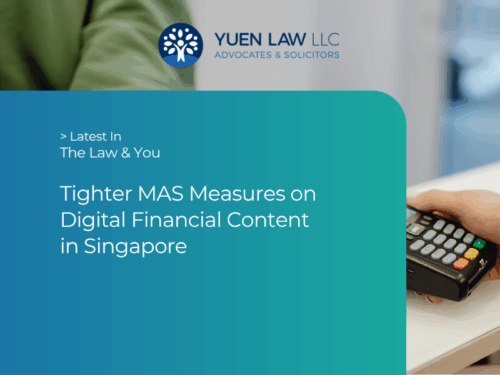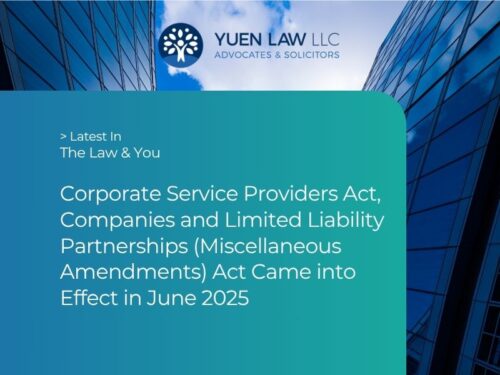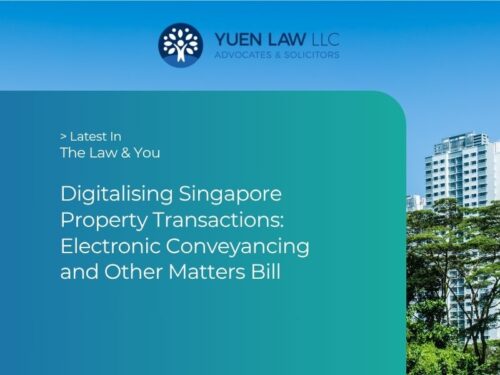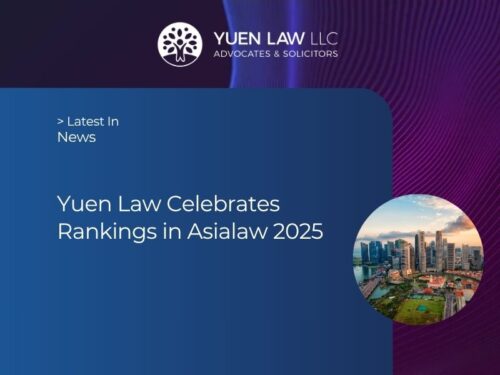
When should you apply for a PPO or a POHA?
A housewife has been punched by her husband. This is not the first time and the housewife fears that it will happen again. The housewife has a daughter who recently broke up with her boyfriend. However, the daughter has been receiving numerous threatening messages from him. He has also made a derogatory Instagram post towards her, which has been seen by their mutual friends. Both mother and daughter want protection orders against their husband and ex-boyfriend respectively. The question then arises as to whether they should apply for a Personal Protection Order (“PPO”) under the Women’s Charter, or a protection order under the Protection from Harassment Act (“POHA”).
As a rule of thumb, a personal protection order under the Women’s Charter is used when family violence is involved. In contrast, a protection order under POHA can be applied to situations involving both family and non-family members. In the above scenario, the mother should apply for a personal protection order and the daughter should apply for a protection order under POHA.
Requirements for a Protection Order under the POHA
An application for a protection order from POHA may be made in general cases of harassment. The requirements are as follows:
- Some form of harassment, threat of violence, “doxxing”, or stalking has occurred. “Doxxing” is the publishing of an individual’s personal information to cause distress to or scare the individual.
- This harassment, threat of violence, “doxxing”, or stalking is likely to continue or be committed.
- It is fair in the circumstances to grant a protection order. In comparison, a personal protection order is not applicable to all scenarios.
Requirements for a PPO under the women’s charter
Under the Women’s Charter, the requirements for a personal protection order are:
- Family violence has been committed or is likely to be committed against a family member.
- The personal protection order is necessary to protect the family member. Hence, if there will be no family violence in the future, a personal protection order is unlikely to be given.
One should note that the Women’s Charter has defined “family violence” and “family member”. As such, when applying for a personal protection order, one should make sure their case falls within these definitions.
“Family violence” means deliberately or knowingly placing a family member in fear of hurt, knowingly causing hurt to a family member, restraining a family member against his or her will, or continual harassing to cause the family member anguish. Self-defence and disciplinary actions towards children are not considered to be “family violence”. Further, only incidents that occurred prior to the application for a personal protection order will be considered.
A “family member” is defined to mean:
- a spouse or former spouse of the person;
- a child of the person, including adopted and step-children;
- a father or mother of the person;
- a father-in-law or mother-in-law of the person;
- a sibling of the person; or
- any other relative of the person, or an incapacitated person who in the court’s opinion should be regarded as a family member.
Who may apply for a protection order?
Under POHA, the victim of the harassment, threat of violence, “doxxing”, or stalking may apply for a protection order. A protection order may then be made for any of the following purposes:
- to prohibit the person from harassing, threatening, “doxxing”, or stalking the victim;
- to stop the publication of the offending communication;
- to refer the person, the victim, or both to attend counselling or mediation; or
- to give any other direction necessary for and related to the purpose of the order.
Things are not so simple when it comes to the application for a personal protection order. Under the Women’s Charter, the application should be made by the victimised family member if he or she is at least 21 years old and not incapacitated. However, if the victimised family member is below 21 years of age or incapacitated, a guardian, relative, or caretaker may apply. To be incapacitated means to be either completely or partially infirmed due to physical or mental disability, poor health, or old age.
In the special scenario of an individual below 21 years of age who is married or was previously married, that individual may apply where family violence has been committed or is likely to be committed against him/herself, their child, or a relative whose care the individual is responsible for.
Punishment for Non-Compliance with a protection order
Failing to comply with a protection order under POHA would render an individual guilty of an offence. The individual may be liable for a fine of up to $5000 and/or imprisonment for up to 6 months.
Deliberately failing to comply with a personal protection order would also render an individual guilty of an offence. On the first conviction, the individual may be liable to a fine of up to $2000 and/or imprisonment for up to 6 months. For subsequent convictions, the individual may be liable to a fine of up to $5000 and/or imprisonment for up to 12 months. There will be harsher penalties when the order relates to a vulnerable adult. A vulnerable adult is an individual over 18 years of age who cannot protect him/herself due to a mental or physical infirmity.
On top of possible fines and imprisonment, the court may also make additional orders when a personal protection order is not complied with. For example, the court may grant exclusive possession of the home to the protected person despite the accused being the owner. Alternatively, the court may also refer the parties and their children to attend counselling.
Application Process for Protection order under the POHA
The process to apply for a protection order under POHA may be found here. A summarised version is in the graph below. It is highly recommended that you appoint a lawyer to assist you in your application.
Application Process for PPO
The process to apply for a personal protection order may be found here. The process has also been summarised below. While a personal protection order may be applied for without a lawyer, appointing a lawyer would greatly assist you in your application.
For further assistance, do contact us to make an appointment regarding Personal Protection Orders or POHA.







